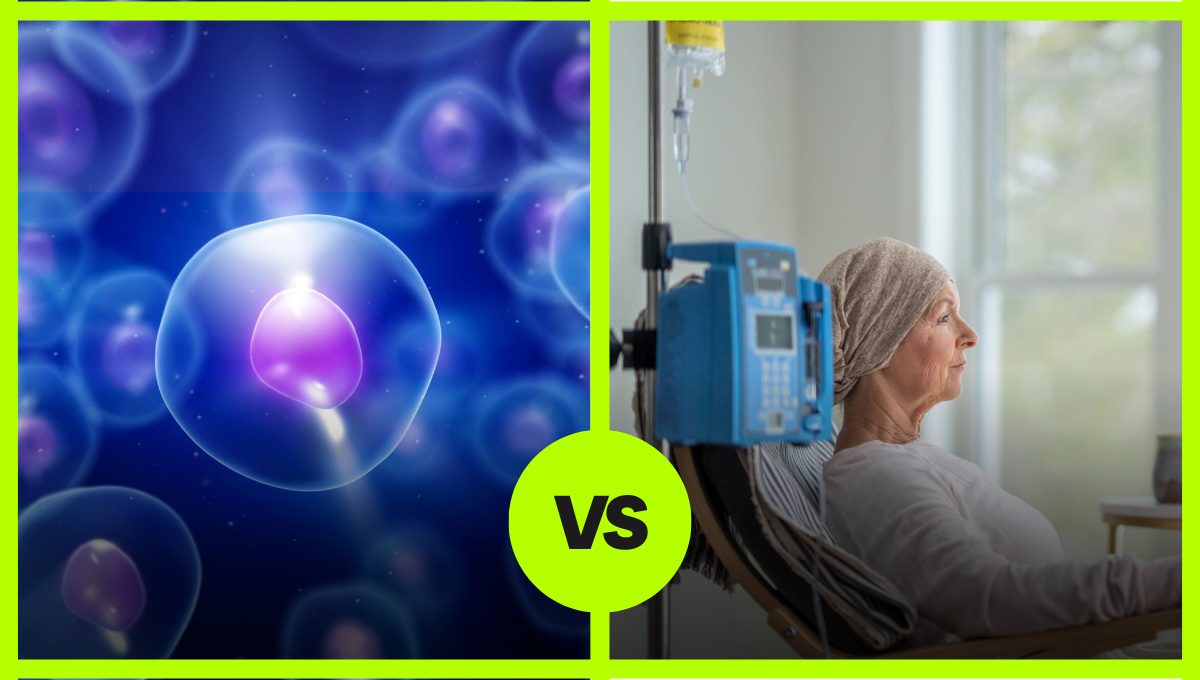- Home
- About Us
- Book Appointment
- Treatments
- Alzheimer’s Disease
- Anti-Aging
- Autism
- Autoimmune Disorders
- Back Pain
- COPD
- Crohns Disease And Ulcerative Colitis
- Erectile dysfunction and Penis enlargement
- Fibromyalgia
- Hip Pain
- Knee Pain
- Lupus
- Lyme Disease
- Multiple Sclerosis
- Muscular dystrophy
- Parkinsons Disease
- Peripheral And Diabetic Neuropathy
- Post Cancer Treatments
- Post Stroke Recovery
- Psoriasis
- Rheumatoid Arthritis
- Shoulder Pain
- Join The Club
- Aesthetics
- Blog
- Contact Us
Over 80,000 lymphoma patients are diagnosed this year in the US. Lymphoma is a type of cancer that covers 4% of global cancer conditions.
790,000 US patients are affected by this form of cancer. People who are suffering from this illness have an average life span of 5 years since the development of this malignancy.
Mesenchymal stem cells (MSCs) renew blood stem cells inside the bone marrow. Patients in remission from lymphoma can benefit a lot from stem cell therapy.
Stem cell therapy for post-cancer recovery regenerates red blood cells (RBCs), white blood cells (WBCs), and platelets. RBCs promote oxygenation while WBCs help to combat bacterial infections.
These cells can multiply and transform into required cells and tissues needed to suppress the growing ailments related to lymphoma.
Let us explore the benefits of stem cells and the advancements in lymphoma treatment with this therapy.
What is Lymphoma?
Lymphoma is a type of dangerous cancer caused by the clonal production of lymphocytes such as B-cells, T-cells, and natural killer cell subsets.
This form of cancer is developed as a result of lymphomagenesis where different stressors such as inflammatory and infectious factors disrupt the genetic makeup of the individual.
The immunity system is weakened and cannot destroy the cancer cells. The cancer causes swellings in the collarbone, groin, neck, or other parts of the body. Moreover, lymphoma reduces the ability to produce new blood cells.
Several complications arise due to the shortage of white blood cells. The symptoms of lymphoma are typically painless but the effects are severe.
Swollen lymph nodes cause breathlessness and chest pain as they press against the organs.
Diagnosis
Lymphoma diagnosis methods are –
- Tissue biopsy – Laboratory test of tissues extracted from the patient’s body.
- Excisional biopsy – Microscopic tests are performed on a lump of tissue collected from the suspected area of the patient’s body through surgical interventions.
- Core biopsy – Examination of body tissues under a microscope.
- Blood count tests – This test assesses a patient’s RBC, WBC, platelet, and hemoglobin count in the blood.
- Bone marrow biopsy – Bone marrow samples are collected from a person’s bone to detect the presence of cancer cells.
Causes
Risk factors that can develop lymphoma include –
- Heredity – People with a family history of blood cancers, such as a parent or a sibling who has lymphoma can develop this condition due to genetics. Additionally, several autoimmune diseases such as lupus and rheumatoid arthritis aggravate the symptoms of lymphoma.
- Weakened immunity – A weak immune system is one of the leading causes of developing lymphoma. People who are affected by different health conditions such as HIV or have undergone some organ surgery are at a higher risk of developing cancer due to a weak immune system. Long-term medications inhibit the immune system and its ability to protect the body from infections.
- Infections – Chronic and viral infections such as T cell lymphoma virus or Helicobacter pylori can promote the symptoms of lymphoma.
- External factors – Exposure to UV rays, industrial chemicals, and pollutants due to certain occupational hazards are pivotal reasons to induce lymphoma.
Symptoms
Symptoms that help to detect lymphoma early –
- Stomach pain – An enlarged spleen that presses against the abdominal walls is a sign of lymphoma that causes nauseating pain in the stomach.
- Fever – Patients with lymphoma can experience low-grade fever. The lymphoma cells increase the body temperature due to certain chemicals.
- Anemia – More than 40% of lymphoma patients experience anemia as it is a blood disorder. The low blood cell count reduces the body’s oxygenation abilities.
- Enlarged lymph nodes – Affected white blood cells due to lymphoma cause the lymph nodes to swell up. These can form lump-like figures around your neck, groin, or the armpits.
- Abnormal mass formation – A mass of abnormal cells in the body is called a tumor. These can affect the bones, tissues, and organs regardless of their size and location. Tumors can turn into cancers unexpectedly and fast.
- Unsuspected loss of weight – Cancer cells consume energy from the body and cause weight loss. The multiplication of deadly lymphoma cells and the body’s ability to try to get rid of these dangerous cells is one of the main reasons behind weight loss.
- Long-lasting infections – Due to certain conditions, the immune system can stay active for a long time to fight the signs of several infections. The immune system’s inability to fight infections and cancer cells can modify the DNA. This invites the symptoms of lymphoma.
- Easy bruises – A low blood platelet count can easily bruise or bleed an infected or injured location of the body due to reduced blood cells.
How Can Mesenchymal Stem Cells Promote Post-Cancer Recovery
MSCs are allogeneic and derived from human umbilical cord tissues (Wharton’s Jelly). They have therapeutic effects for post-cancer treatment.
These cells are multipotent. They transform into multiple specialized cell types within a specific tissue or organ. They can stop the progress of any tumors in the body with cell regeneration and oncogenes regulation.
Human umbilical cord mesenchymal stem cells (HUC-MSCs) promote capillary degeneration and endothelial cell death reduce tumors and assist in cancer treatment.
Moreover, stem cells can regulate the immune system. This stops and prevents myelin degradation.
Therapies using umbilical cord tissue-derived mesenchymal stem cells (CT-MSCs) are a boon for cancer patient survivors who are looking for a painless way to revive and rejuvenate their overall well-being.
Additionally, MSCs limit pro-inflammatory activities to reduce neuronal loss from harmful radiation.
HUC-MSCs can regenerate RBCs, WBCs, and platelets which are essential to keep the body healthy and fight the signs of cancer.
MSCs promote oxygenation with enhanced RBC production. Also, it helps to fight fatal infections.
While MSCs do not directly eliminate the cancer cells, they promote new blood cell proliferation required to cleanse the bloodstream and reverse the effects of chemotherapy and cancer.
While chemotherapy or radiation therapy aims to destroy the harmful cancer cells from the body, stem cell therapy post-cancer treatment is crucial to regenerating new and healthy cells.
Read Also: Stem Cell Therapy for Anti-Aging: Remarkable Alternative to Plastic Surgery
Effects of Stem Cell Therapy on Lymphoma Patients
Lymphoma can come back to patients after they receive chemotherapy.
However, human umbilical cord tissue-derived MSCs can quickly migrate to the affected area. Also, it has cell differentiation abilities that enable MSCs to transform into blood cells to reverse lymphoma conditions.
Additionally, MSC is used for regenerative therapies for patients with other forms of cancer such as myeloma and leukemia.
Therapies using CT-MSCs can regenerate tissues and repair damage. The harmful cancer cells severely damage different organs of the body and limit several functions.
MSCs are immunomodulatory, anti-inflammatory, and anti-apoptotic. It significantly reduces the chances of the patient’s immunity system rejecting the HUC-MSCs.
Active blood cell regeneration and damage recovery can stop and reverse the signs of lymphoma if detected at an early stage. Furthermore, the same treatment method is applied to patients who are in remission from lymphoma.
Read Also: A New Approach For Lung Disease Treatment with Stem Cell Therapy
Eligibility for Stem Cell Therapy
Cancer is a deadly disease and post-cancer treatment depends on the type of cancer and the condition of the patient. Chemotherapy and other radiation methods to destroy cancer cells have their own disadvantages. However, stem cells can reverse the post-treatment effects. Check out the eligibility criteria list for lymphoma treatment with stem cells –
- Age of the patient
- The gender of the patient
- Stage of lymphoma
- Effects of cancer on the body
- The required volume of stem cells
- Medical history
Based on the results of the conditional assessment, expert doctors will administer stem cell therapy to patients either intravenously or through intramuscular injections. The injections are a minimally invasive method compared to surgeries or chemotherapy.
Stem Cell Therapy Post-Cancer Treatment Results
Check out the results of the stem cell therapy for lymphoma patients who are in remission –
- Improved overall health
- Enhanced appetite due to spleen regeneration
- Better mobility and reduced weakness
- Refined emotional health
- Regenerated blood cells
- Strengthened memory and focus
- Reduced inflammation
- Enhanced immunity responses
- Stimulated oxygenation
- Protection against infections
- Restored cognitive abilities
- Reversed capillary degeneration
Stem cell therapy repairs damaged cells and regenerates new cells. This type of regenerative medicine can relieve psychological and physical trauma related to cancer.
Bottomline
The Life Altering Stem Cell Therapy Institute provides comprehensive care for cancer patients and people who are in remission.
Your well-being is our primary goal and we quickly evaluate potential setbacks to create a treatment plan based on your condition.
We are equipped with state-of-the-art tools and technologies to administer painless CT-MSCs. Our experts are trained and certified from the best institutes around the world.
There are regular follow-up sessions for post-cancer treatment every 2 months. It helps us to determine the impact of the HUC-MSCs on your condition.
Do not let the symptoms of cancer stop you from achieving your dreams. Unlock the regenerative powers of stem cell therapy and fight cancer holistically.





